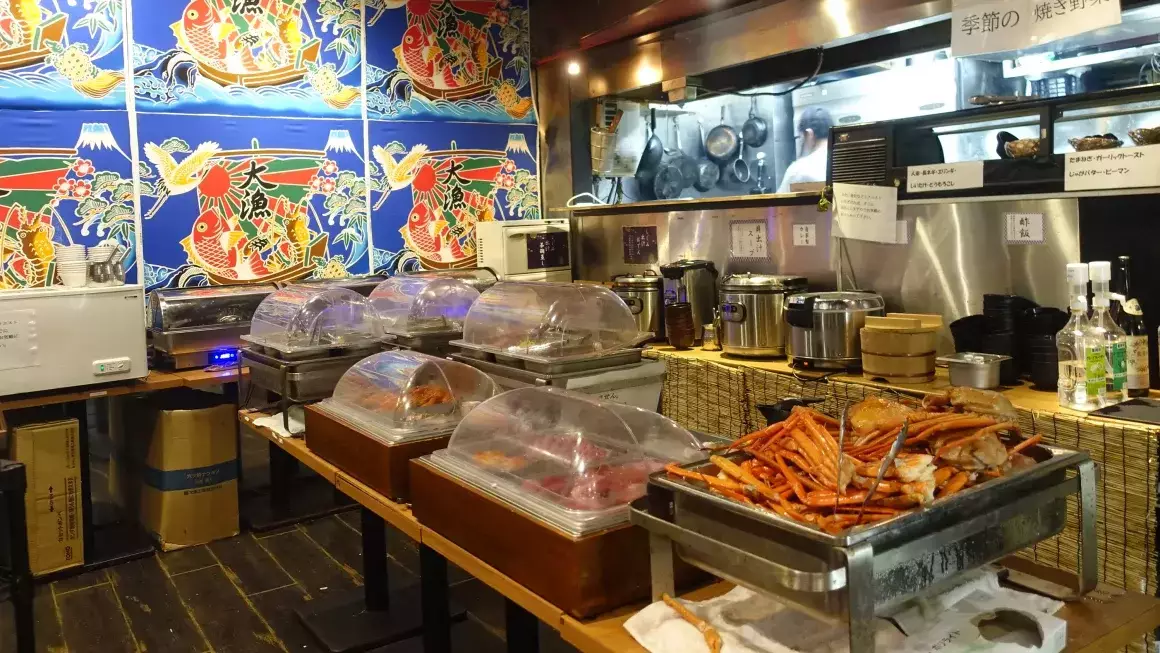Japan has long captured the interest of travelers with its unique blend of tradition and modernity. However, the influx of tourists following the end of pandemic travel restrictions has raised significant challenges for the country’s hospitality sector. A notable response to this surge is the emerging practice of differential pricing, a strategy that is stirring discussions on equity, discrimination, and economic viability. In this article, we will delve into the motivations behind this trend, how it plays out in various settings, and its potential implications for the future of tourism in Japan.
After nearly two years of stringent travel restrictions, Japan reopened its borders completely in the fall of 2022. The impact of this decision has been monumental; in the first half of 2024, Japan saw a staggering 17.78 million visitors, a figure that is on track to surpass pre-pandemic levels. Contributing to this boom are a weak yen, rising consumer confidence, and pent-up demand from travelers eager to explore Japan’s rich cultural offerings. Yet, this renaissance in tourism has not come without its challenges.
As local businesses feel the pressure of accommodating outside visitors, many are seeking solutions not only to manage this new crowd but also to ensure they remain profitable. A notable example comes from Shogo Yonemitsu, who operates an all-you-can-eat seafood grill in Tokyo. He acknowledges the difficulty in running a restaurant that must cater to a heightened number of tourists who may lack familiarity with Japanese dining customs. He has implemented a pricing strategy that discounts meals for local patrons while appearing to target tourists indirectly.
At its core, differential pricing involves charging different prices to different customers based on a variety of factors—including residency status. While this approach can be viewed as a means to protect local interests, it raises ethical questions about fairness and discrimination. Critics argue that such pricing can alienate foreign visitors who may feel unwelcome. However, proponents suggest it is a necessary strategy to sustain local businesses and retain loyal customers.
Elisa Chan, an academic specializing in hospitality research, believes that differential pricing can effectively address the imbalance caused by an influx of tourists. This sentiment is echoed by many service providers who struggle to cope with the demands that increased tourist volumes bring, from language barriers to cultural misunderstandings. The challenges are substantial and can affect the overall visitor experience, creating a chaotic environment if businesses remain unprepared for this surge.
The rapid influx of tourists has instigated broader implications for urban centers and natural landmarks alike. In response to overcrowding, some local governments have introduced measures such as tourist taxes or visitor caps. For instance, a resort town near Mount Fuji has erected a giant net to obstruct views at popular photo spots in an attempt to mitigate litter and traffic issues. Such drastic measures highlight the growing concern over maintaining the integrity of Japan’s natural beauty against the pressures of overtourism.
Differential pricing is not an isolated phenomenon; similar practices exist globally, with cities like Venice employing entry fees to manage tourist numbers. In many cases, local governments are actively involved in implementing such measures, unlike in Japan, where businesses have the autonomy to devise their own pricing structures. This disparity raises questions about how communities can effectively balance the economic benefits of tourism with the need to preserve their cultural and natural heritages.
As pressure mounts on businesses to adapt, some restaurant owners are creatively adjusting their offerings to attract tourists willing to spend more. For example, a Tokyo izakaya owner has started offering high-priced gourmet dishes that cater to visitors willing to splurge on their dining experiences. Yet, even among travelers, attitudes vary. Some tourists, like Australian Phoebe Lee, express willingness to pay a premium to support local enterprise, acknowledging that the weak yen complicates matters for residents.
As Japan continues to navigate the post-pandemic tourism landscape, the concept of differential pricing presents both an opportunity and a challenge. It underscores the need for local businesses to preserve their identity while still catering to a diverse and evolving clientele. How Japan manages this delicate balance in the coming years will significantly impact its reputation as a travel destination and its ability to sustain local economies.
While differential pricing may serve to enhance local businesses amid the pressures of tourism, there remains the risk of alienating visitors. Striking a balance between these competing interests will be critical as Japan continues to acclimatize to its new tourism reality.

